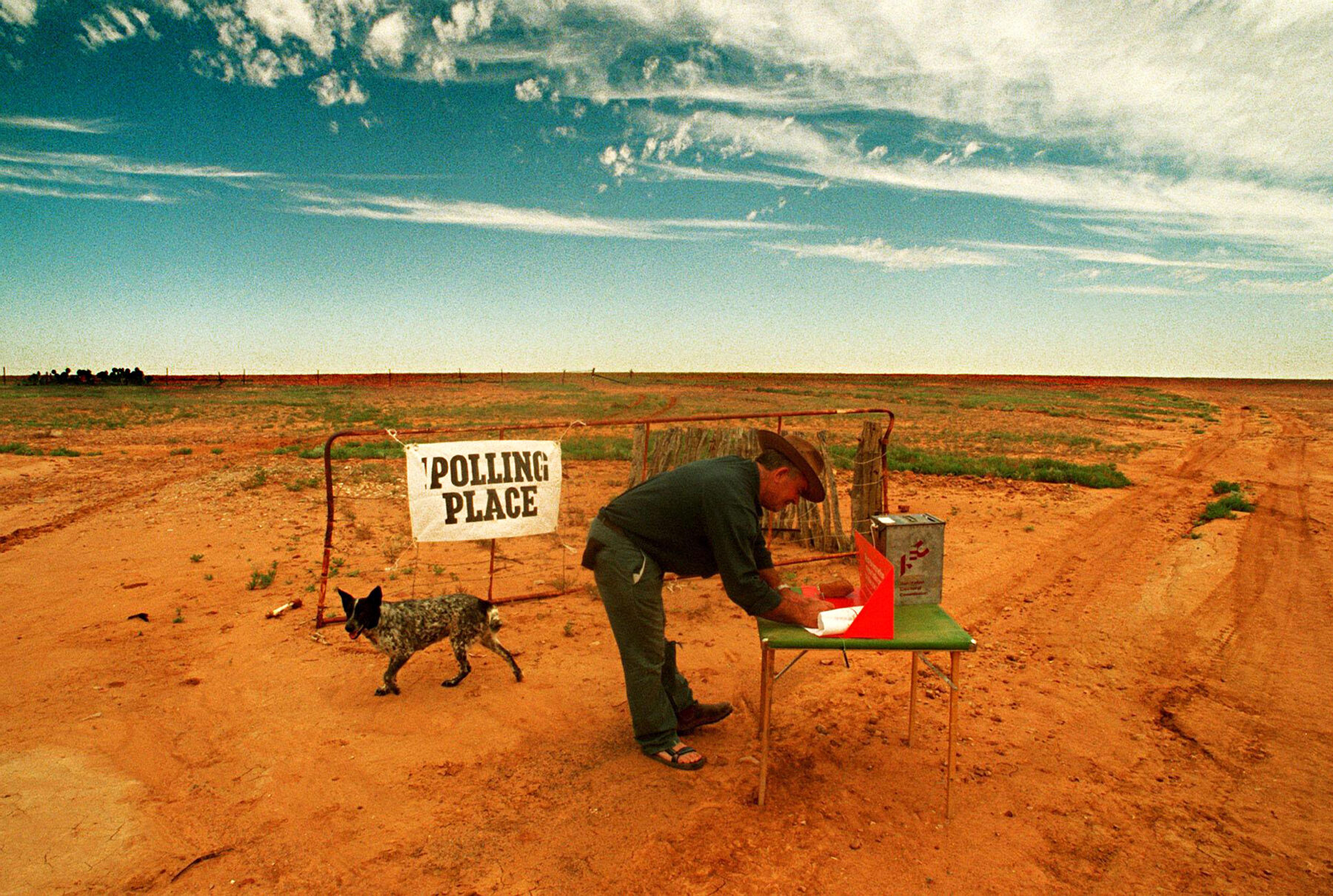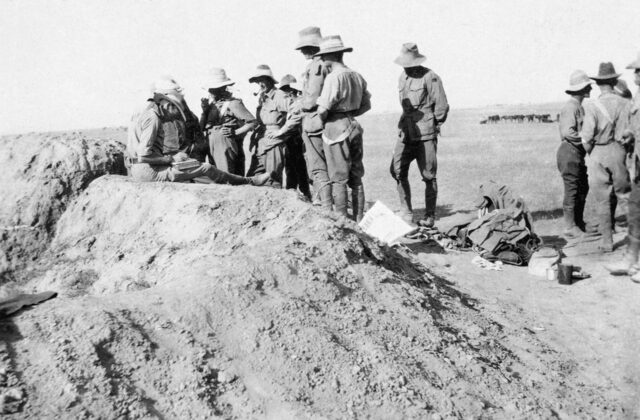Centenary of compulsory voting

After less than 60 per cent of the country’s eligible voters turned out for the 1922 federal election, the Australian Parliament amended the Commonwealth Electoral Act 1918 in 1924 to make voting compulsory. Ever since, voter participation for federal elections has been up around 90 per cent or more.
The federal shift to compulsory voting followed the successful introduction of the practice for the Queensland state election of 1915. Now, all Australian states and territories have compulsory voting.

A major argument for mandatory voting is that it “ensures the legitimacy” of elected governments. Compulsory voting is not, however, a widespread practice worldwide – Australia is just one of 21 countries, out of 195, to have it.
The impact can be seen on voter turnout. For example, in the UK and the USA – both countries where voting is voluntary – the percentage of the voting-eligible population who turn up to participate in national elections is usually substantially lower than it is for Australia’s federal elections.
The highest rate for any national US election since 1900 was for the 2020 presidential election, when 66 per cent of the voting-eligible population took part. In the UK’s 2024 general election, voter turnout was an estimated 60 per cent, the lowest since 2001.

In Australia, the voter-eligible population has, since 1973, meant people older than 18. Previously, the voting age was 21.
The right to vote in federal elections wasn’t granted to First Nations people until 1962.
The organisation responsible for overseeing Australia’s electoral system is the Australian Electoral Commission (AEC), which was established as an independent statutory authority in 1984. Among its responsibilities is ensuring that all of Australia’s voting-eligible population have the opportunity to cast their votes, no matter how remote they might be.
During Australia’s 2023 referendum, the AEC ensured more voting services were delivered to remote communities than ever before.

